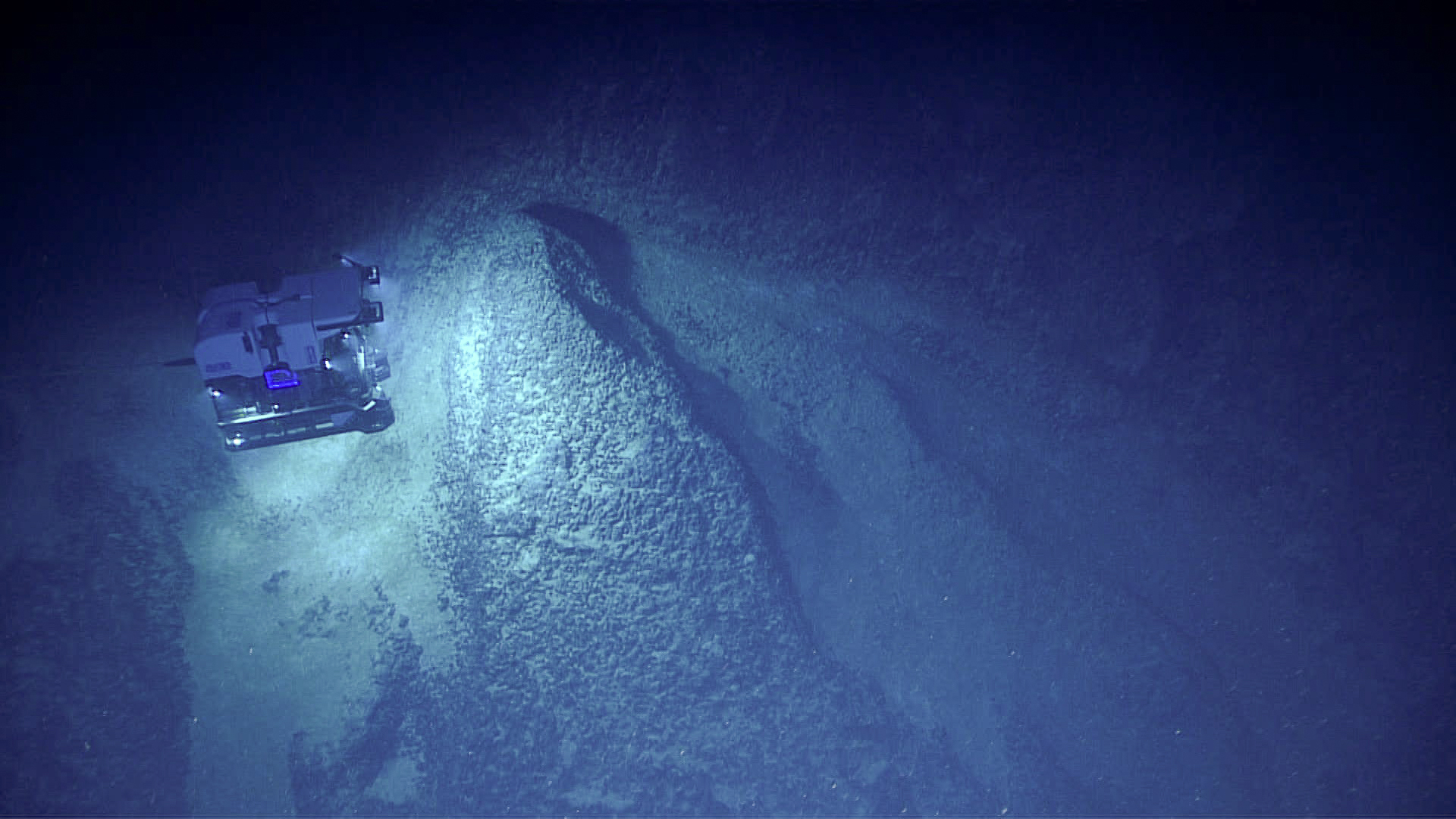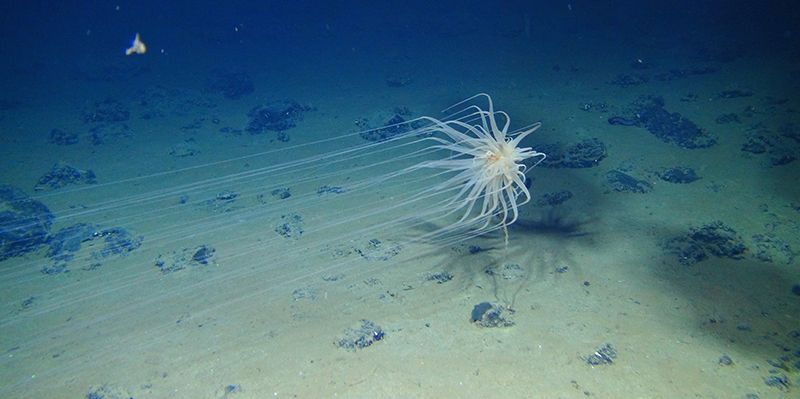The Deep-sea Biology Symposium convened last week for its triennial meeting. Over the course of 5 days, participants shared the latest discoveries in deep-sea biology, ecology, and stewardship. Not surprisingly, deep-sea mining played a major role in the weeks discussion. Though it’s hard to capture the breadth of the topics discussed (and many presentations remain embargoed), I’ve selected a few key talks from the meeting of particular interest to the deep-sea mining community to highlight.
Dr. Craig Smith presented his team’s work from across the Clarion-Clipperton Fracture Zone, highlighting that baseline studies across the region are few and far between. There is a tremendous amount of heterogeneity among abyssal communities in the CCZ and rare species (as a group) are incredibly abundant . The UK-1 lease block may represent a biodiversity hotspot.
Dr. Diva Amon demonstrated that the CCZ is a fossil-rich region, with cetacean and shark fossils being particularly abundant. These fossils both act as substrate for organisms to colonize and represent a unique paleontological record.
In separate talks, both Dr. Daphne Cuvelier and Astrid Leitner investigated whether seamounts could act as refugia for abyssal fauna displaced by seabed mining. They both concluded that it was unlikely that fauna from nodule fields could be buffered by biodiversity on nearby seamounts.
Dr. Adrian Glover assessed the biodiversity and distribution of fauna found living on polymetallic nodules. Among the many species observed are a new genus of sponge, the most abundant fauna on the nodule field, which is nearly impossible to see during AUV surveys but is readily apparent on recovered nodules.
Dr. Daniel Jones attempted to quantify how much sampling was necessary to adequately assess the biodiversity for an area like the CCZ. Through imagery analyses, he demonstrated the extent to which estimates of key metrics like richness, biomass, or community dissimilarity were dependent of large sample sizes.
You can view the abstracts for these talks here: Mining Impacts and the DSM Observer will be following up with these studies as they are published.
In addition to the Mining Impacts session, there was a final session on Deep-Ocean Stewardship, led by DOSI. Though the talks ranged across several themes, deep-sea mining was a major area of discussion.
Kristy McQuaid presented a top-down, broad-scale habitat classification of the CCZ using oceanographic and topographic variables, Particulate Organic Carbon flux to the seafloor and nodule density. They identified 46 habitats distinct habitats within the region, which can help inform environmental impact assessments and conservation set-asides.
Aharon Fleury of Neptune and Co, Inc. presented a new software tool from structured decision making in deep-sea mining that emphasizes stakeholder involvement. The Guided Interactive Statistical Decision Tool (GiSdT) uses Bayesian Networks to ensure that that the perspectives, values, and objectives of relevant stakeholders are explicitly accounted for in the decision making process.
You can view the abstracts for these talks here: Deep-ocean Stewardship and the DSM Observer will also be following up with these studies as they are published.




